Delicious, versatile, juicy, nothing says summer to me like fresh tomatoes still warm from the sun. As the song goes, “there’s two things money can’t buy: that’s true love and homegrown tomatoes.”
One of the home gardener’s favorite staples is the tomato, but it can be a finicky plant, especially in cooler climates. I’ve grown tomatoes in the Pacific Northwest for years, more or less successfully. Some years have been better than others.
If you have struggled with tomatoes in the past, or aren’t sure how to get started, here are some basic steps, tips, and tricks for getting a bountiful tomato harvest from your vegetable garden.
Tomatoes And Your Climate
Climate variables make it extra important, as always, to pick varieties that are well suited to your local weather patterns and summer temperatures! Read the information in the seed catalogs or websites closely—they will tell you optimum soil temperatures and length of growing time for each variety, and some will tell you which zones the variety grows well in.
One of my best friends grew up in the Rocky Mountain desert region of the US, and she says that tomatoes were the easiest thing to grow. Sadly, that is not the case in cooler and wetter areas, or in places with hot nights.
What Climate Do Tomatoes Grow Best In?
The climate you are growing in affects everything you plant, but especially hot weather crops like tomatoes and peppers. To know when you can plant in your climate, check your soil temperature, or consult a garden planner.
Tomatoes can only be planted when the soil temperature rises above about 55 degrees F, and they will start to suffer in the fall when the temperatures drop again. For tomatoes, the longer the growing season, the better.
Can Tomatoes Grow In Hot Climates?
However, tomatoes also fail to grow optimally if the weather gets too hot. If daytime temperatures stay above about 90 degrees F and nighttime temperatures are above 75 degrees, tomatoes will stop growing and lose their flowers, which halts fruit production.
In very hot places, people plant spring tomatoes and fall tomatoes to get two crops a year during those more moderate seasons, and don’t plant at all in summer.
Planting Tomato Seeds
Tomatoes are very popular given their delicious fruit and simple care requirements. However if you choose to start them from seed, they require a little more attention than already developed plants you could get at a nursery.
When To Plant Tomato Seeds
Tomatoes need warm temperatures in order to grow. Therefore, the best time to plant seeds is in late spring or early summer. Make sure you plant after the last frost date when the soil is at least 65 to 85 degrees Fahrenheit.
Start seeds between six and ten weeks before your soil temperature is warm enough for tomatoes. In the maritime Northwest, that means starting tomatoes in early April, for transplanting out in late May or early June. In my grandmother’s garden in Florida, she would have planted starts in December for planting out in February.
Choosing the correct starting time is a bit of a gamble with the weather. If you start your plants too late, they will be behind in the growing season and you will be twiddling your thumbs waiting when all your neighbors are harvest big, juicy tomatoes.
However, if you start them too early, the plants will start outgrowing their seed trays before it is warm enough to transplant them. Once the seedlings use up all the nutrients in their potted seed tray, they will start to die, and you will have lost your entire crop!
Seed Trays Or Pots?
You can start seeds in seed trays or in individual pots, in a variety of sizes. The smaller the container, the sooner you have to plant them.
Some people start in seed trays and then transplant into pots before transplanting them into the garden. The benefit of seed trays is that you use less soil and space when the plants are small, and you can choose the hardiest plants to transplant into biggest pots.
You do get bigger, stronger plants that way, but I personally think it’s too much work. I start my tomatoes in 4-inch pots and skip the seed tray step entirely.
How To Direct Sow Tomato Seeds
Although direct sowing is not the most popular method while growing tomatoes from seeds, it’s still possible. This option is more considerable if you live where the summer growing season is long.
Prepare the area of planting by loosening the soil. Plant the tomato seeds at least ¼ inch deep, and space about 2 feet apart if planting multiple. Young plants will need extra attention the first few weeks.
Use a mister or spray bottle to keep the soil moist. Water very frequently, especially while there is hot weather. They may need daily or twice-daily watering to get them off to the best start. Get a watering can with a shower nozzle, to help the water fall gently and not disturb the seeds.
Related Post: Best Garden Hose
When you are finished watering, the soil should be uniformly moist, with no water pooling on top. Too much water will drown your seeds. The soil should be absorbing all the water you give it.
How To Transplant Tomatoes
To give your tomatoes the best chance of a long growing season, start the tomatoes indoors before the garden warms up. Plant your tomato seeds in small cell containers using a seed-starting mix.
Put your seed trays or pots in a south- or southwest-facing window that gets midday light, and water regularly.
Your tomato seedlings should be ready to be transplanted outside when the main stem is about 2-4 inches tall. You’ll know they’re ready when they have their first set of true leaves. Start hardening them off before transferring them outside in your garden or in larger pots.
Planting In The Right Conditions
As tempting as it is to fill your pots with soil from the garden, you will get better results if you buy potting soil. Commercial potting soil is designed to stay light and fluffy so it won’t smother small seeds, holds moisture well, and most brands are nutrient-enriched so you don’t have to worry about fertilizing your starts.
Get a watering can with a shower nozzle, to help the water fall gently and not disturb the seeds.
Related Post: Best Garden Hose
When you are finished watering, the soil should be uniformly moist, with no water pooling on top. Too much water will drown your seeds. The soil should be absorbing all the water you give it.
Placing The Plants
Follow the spacing guide on the seed packet when you transplant. I was taught that when transplanting, you always loosen the root system to prevent rootbound starts from being stunted.
However, that is more true for starts you buy at the store, which are often more rootbound than plants you start yourself.
If you started transplants at an appropriate time, they should not be too rootbound, so it is better not to disturb the roots. Just put them in the ground and pat the soil around them. Tomatoes will grow roots from the stem if you bury them deep, and more roots are always better.
Tomato Plant Care
Tomatoes need lots of sun, make sure they get at least 6-8 hours of sunlight at day. If you live in a cooler region, choose a planting spot with full sun. However, as discussed here, if your area gets overwhelmingly hot summer days, tomatoes do best when planted in partial shade.
Water your tomatoes regularly, whenever the soil is dry an inch to two inches below the surface. On average, they need at least 1-2 inches of water per week. However, this will depend on your region. I typically water once a day in the summer, in the evening, so that the water doesn’t evaporate in the midday sun.
Tomato plants don’t like it when their leaves are wet, so drip tape is the optimum way to water tomatoes, but if you are watering with a hose be gentle and aim low on the plant.
What pH Is Best For Tomatoes?
Tomatoes like a soil pH of between 6.2 and 6.8. Soil acidity varies widely from region to region depending on the mineral and organic composition of the soil.
You don’t need to treat your soil’s pH every spring, but you may need to amend with other nutrients. You should always rotate your planting location every 3 to 4 years to keep the soil rich with nutrients.
Do Tomatoes Need To Be Fertilized?
Tomatoes will thrive if you use a high-phosphorus fertilizer. We recommend using a ratio of 3-4-6 or 4-7-10. Be careful to not over-fertilize tomatoes, once they’ve surpassed their initial growth stages they don’t need too much fertilizer to continue developing.
All plants need the “big three” nutrients, nitrogen, phosphorus, and potassium, or NPK, which are often depleted after a growing season and need to be added each spring.
Add manure, an NPK fertilizer, or other organic matter to the soil when you transplant for added plant growth and vitality. You can also add a layer of mulch on the top to help retain soil moisture.
Do Tomatoes Need Support?
As your tomato plants grow, they may need to be staked, once the heavy fruit starts weighing the plants down. Tomatoes varieties are either determinate or indeterminate.
Determinate tomatoes reach a full size and stop growing, while indeterminate tomatoes will keep growing as long as conditions are good, but both types benefit from being staked.
Related Post: Best Tomato Cages
What Plants Are Compatible With Tomatoes?
Surrounding your tomatoes with companion plants may also help keep them stronger. Tomatoes are compatible with a variety of plants such as: basil, parsley, garlic, squash, asparagus, and chives.
However, avoid planting them near anything in the cabbage family because they will stop growing. Fennel and eggplant should also be avoided as they will attract insects and diseases.
How To Trim Tomato Leaves
To get the most prolific harvest of tomatoes, trim your tomato leaves throughout the season, to redirect growing energy into the fruit. If you want larger fruit, follow this method for the best results. Trimming the leaves also allows more light to reach your tomato, especially if your plants are getting bushy.
Trim side shoots, anything that’s not flowering, and any brown or withering leaves. Choose a few strong looking branches to be fruit bearing and trim others. Don’t be afraid to trim aggressively, especially early in the growing season.
I trim just a few shoots every time I water, so that I never stress the plant by trimming too much at once. The first year I grew tomatoes I didn’t prune because I was afraid to hurt the plant, and I ended up with incredibly bushy, incredibly lush plants that shaded out their own tomatoes!
Harvesting Tomatoes
The more you grow tomatoes, the better you will get a feel for when it comes time to harvest. If grown right, these heat-loving plants will grace your garden the entire growing season. Read on to hear our tips for harvesting big, plump tomatoes that will grace your garden.
When To Harvest Tomatoes
Tomatoes will reach maturity in 60-85 days. The best way to know your tomatoes are ready to be harvested is based on visual cues.
Tomatoes are ready to be plucked when they are plump and completely ripe. Ripe fruit means they are a deep red color with no green or yellow spots. Don’t let tomatoes get too ripe, however, otherwise they will be squishy to the touch.
How To Harvest Tomatoes
There’s no need for fancy gardening tools when it comes to harvesting tomatoes. If your tomatoes are ripe, they should come off the vine easily.
If you’re hand-picking, hold the stem with one hand and gently pull the fruit off. If you’d rather not use your hands, you can optionally use scissors or gardening shears to snip the stem.
Troubleshooting Tomato Problems
Many problems can arise while growing tomatoes. Whether it’s a pesky bug you can’t get rid of, or you’ve noticed your fruit shriveling up: these common issues will need a solution.
Common Pests and Diseases
The most common pest you should be on the lookout for are Aphids. Blackflies and Greenflies in particular are known to cause damage to tomatoes. If you see a sign of bugs infesting your plants, spray them with an organic pesticide.
Tomatoes are susceptible to a variety of diseases. If you see small, dark spots surrounded by a yellow circle on the top and lower leaves, that’s a sign of Stemphylium Gray Leaf Spot. This usually happens in continuously moist conditions.
Remedy this by cleaning the surrounding area from all garden debris. Make sure your plants are thoroughly weeded, and practice crop rotation. This could also be a sign of over-watering your tomato plants.
Blossom end rot is another common disease when the fruit breaks down and rots. This usually occurs when there is a lack of calcium. Make sure you’re using a calcium-rich fertilizer and are watering the appropriate amount.
Tomato Blight
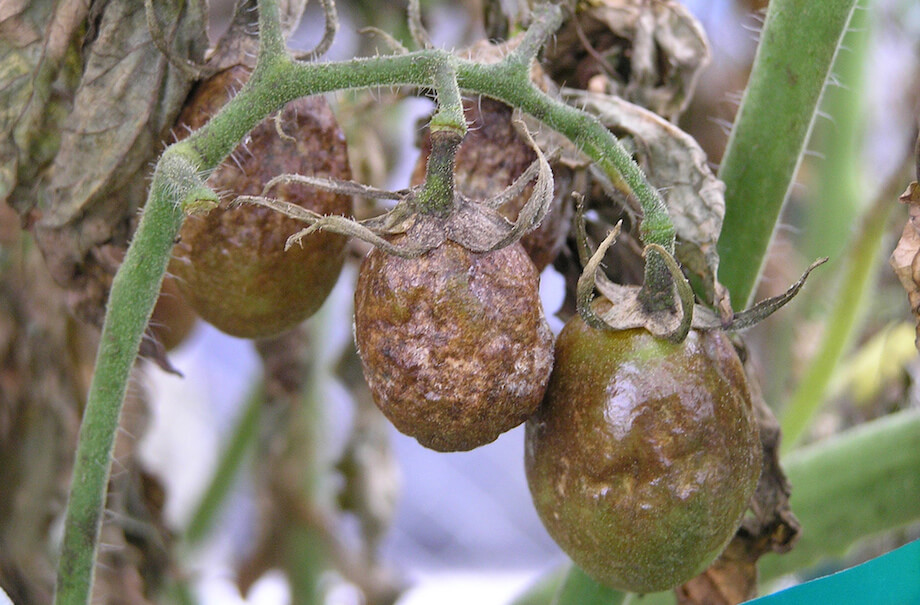
In cool or damp climates, tomatoes and other plants in their family, like potatoes, are susceptible to late blight, which shrivels leaves, stunts fruit and eventually kills the plant. In some places, like western Washington, this is inevitable. Every year, late blight is what ends our tomato crop, long before the first frost.
These tactics may delay tomato blight:
- Always rotate your planting location—don’t plant tomatoes, potatoes, or peppers in the same ground two years in a row.
- Never reuse potting soil and sanitize your tools, stakes, and pots in bleach or vinegar at the end of the season.
- If you visit a community garden or a farm, which are practically guaranteed to have blights and diseases of many kinds in the soil, always wash and sanitize your boots before working in your garden again, or use different shoes entirely.
- During the growing season, keep the tomato leaves dry and trim any leaves that are showing signs of blight.
- If you compost your own garden waste to fertilize, don’t put tomato or potato trimmings in it. Compost them separately or burn them.
Late blight attacks tomato plants everywhere, especially in wet years. There is no way to prevent it entirely, but you can take precautions so that the impact on your growing season is minimal. You can still eat fruit from a blighted plant until the blight attacks the tomatoes themselves!
Early blight is another fungal disease that mostly affects older plants. Damp conditions or over-waters can cause this to stick around if it’s already present in the soil or seeds. Use fungicides to get rid of this issue.
Help! I’m Drowning In Tomatoes!
What a great problem to have! Some years it seems like I wait all spring just dreaming of tomatoes every time I make a salad, and then they all come on at once and I get totally overwhelmed.
Some tomato varieties produce continuously through the growing season, while others set all their fruit at once. The seed packet will tell you which type you are growing. If all your tomatoes come in at once, you are going to need some tomato recipes!
Almost every dish is improved with fresh summer tomatoes. Make a batch of tomato sauce and check out our guide to canning for tips on pressure canning—the best way to preserve tomatoes.
Serve them with rosemary and salt as a side dish, or make them the centerpiece of a fresh tomato bisque. Make a tomato sandwich, southern style, just tomato and mayonnaise on good bread. And of course, one of my favorites of the summer garden—ratatouille, which uses all the hot-season crops. (See my recipe below.)
But what I always do with the very first tomato of the year is slice it up and eat it plain, because homegrown tomatoes shine all by themselves.
Final Words On Tomatoes
Every gardener knows that tomatoes are at once finicky and remarkably hardy plants. They recover well from stress like drought, so don’t lie awake at night trying to remember if you watered the tomatoes.
If your first year growing tomatoes is not all you hoped it would be, try again, with a different planting time, more vigorous trimming, better soil amendments, or a hoop house.
Depending on the weather patterns of the year, you will have boom and bust years with tomatoes like with all crops, no matter where you live. If all else fails and you don’t have good luck growing tomatoes, my best advice is to get friendly with someone who does.
My Ratatouille Recipe
Vegetables
Slice 2 zucchini, 1 eggplant, and 3 tomatoes, and toss in olive oil and salt. Layer on the bottom of a pan and cover. Roast in the oven at 350 degrees until fork-tender.
Sauce
Roast 1 lb. peppers and 2 lbs. tomatoes in the oven or sauté in a skillet. Put in a food processor with ¼-cup olive oil and season with salt, rosemary, thyme, sage and marjoram to taste.
Assemble And Serve
Pour sauce over the roasted vegetables, and put back in the oven until sauce bubbles. Some people top with shavings of a hard cheese like pecorino romano. Serve with a garden salad.

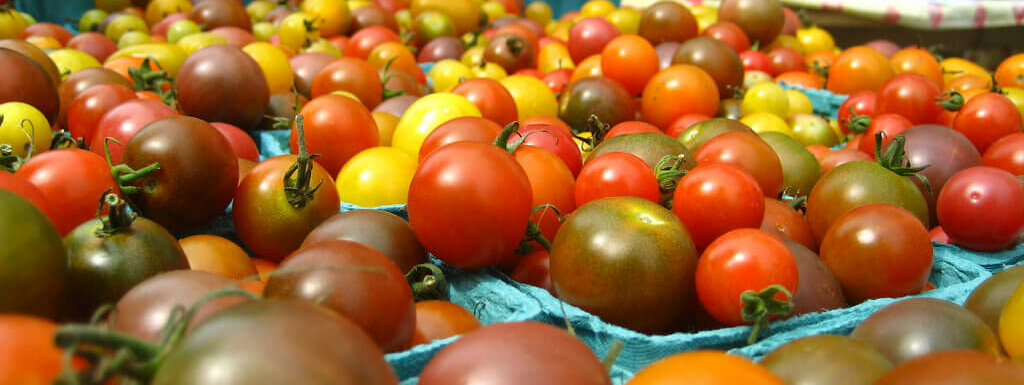
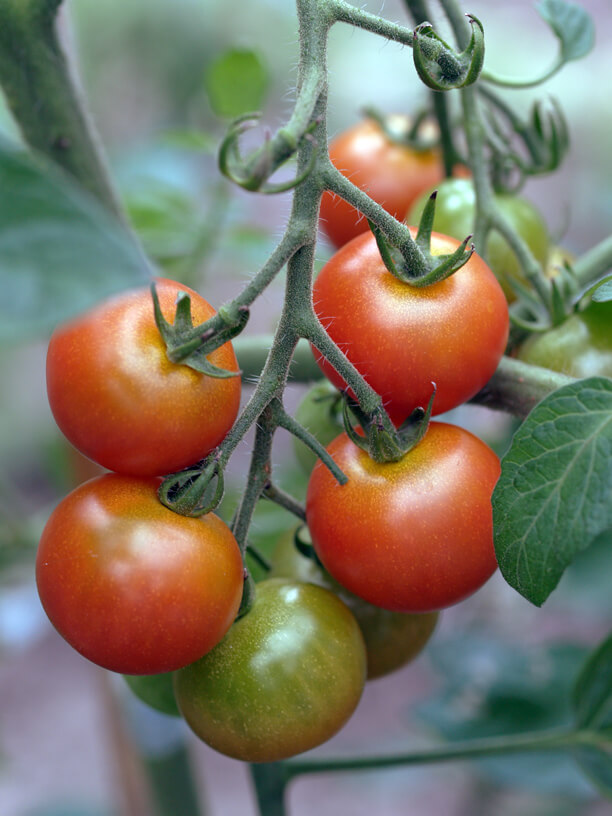
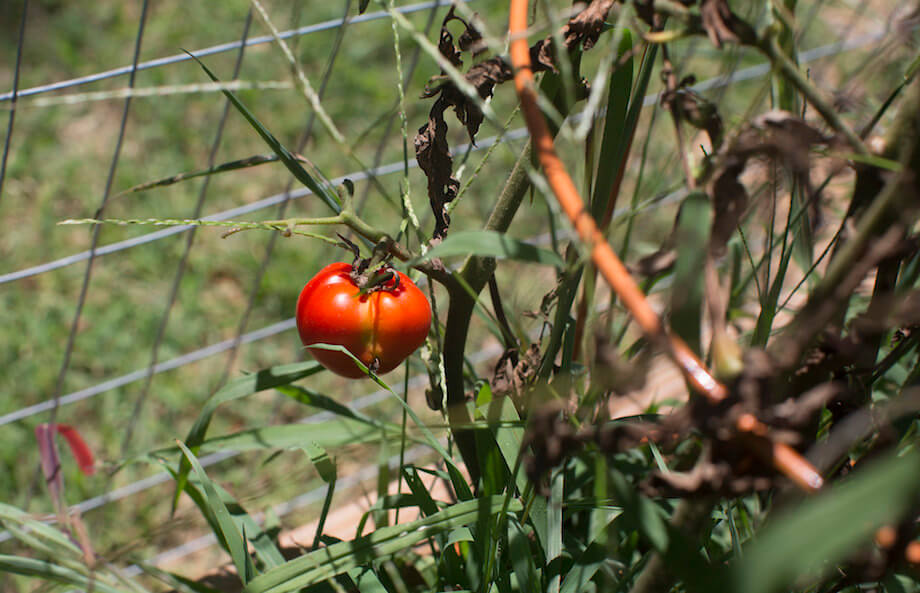
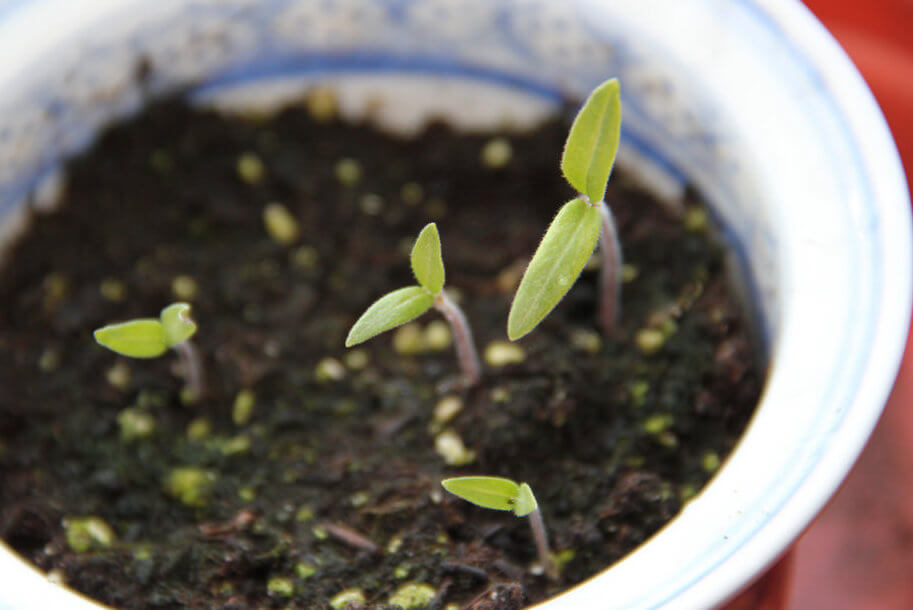
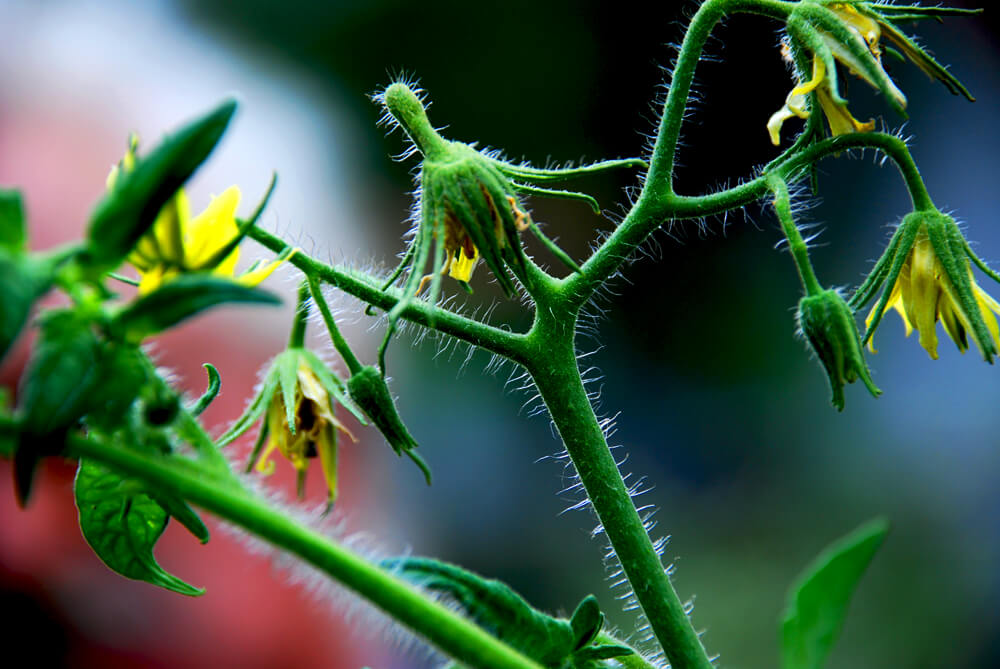
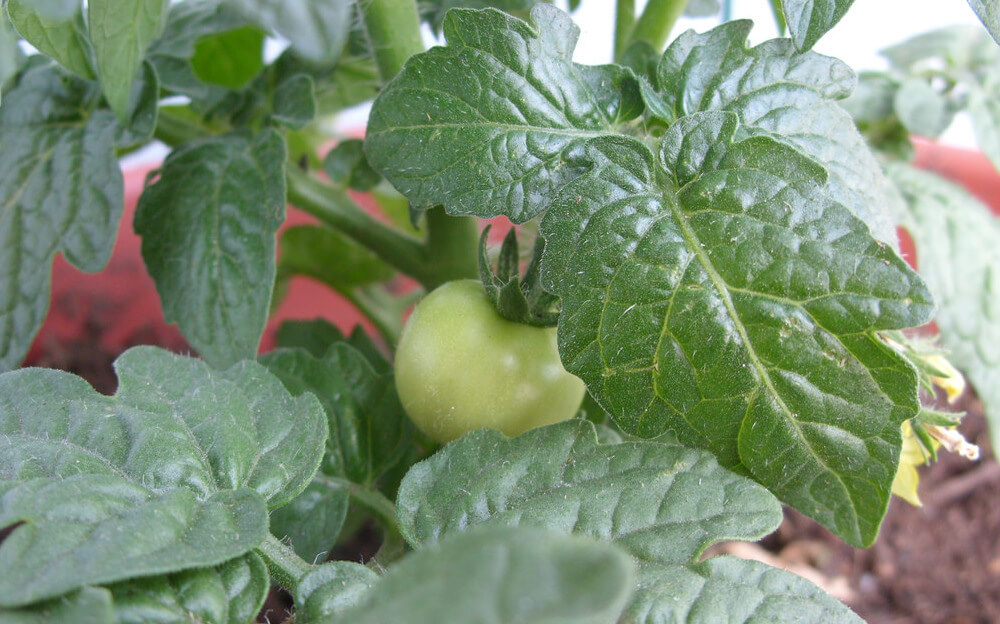
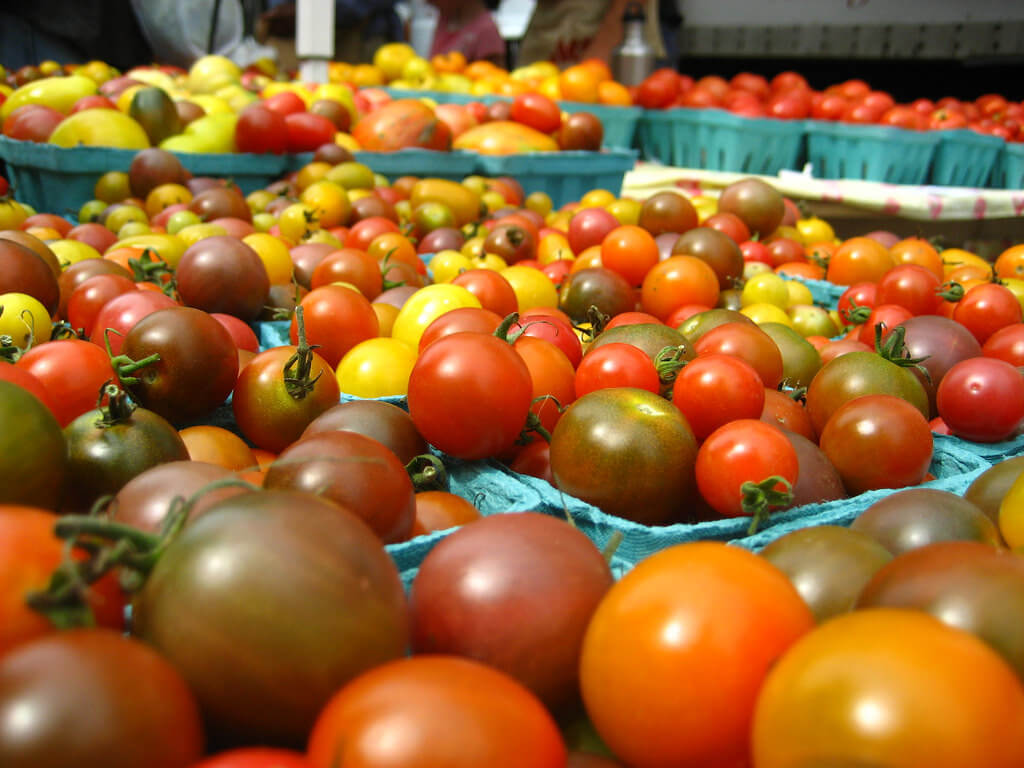
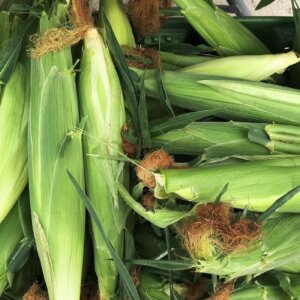


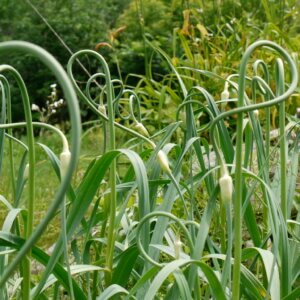

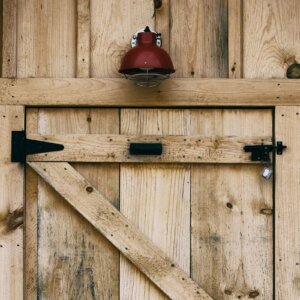


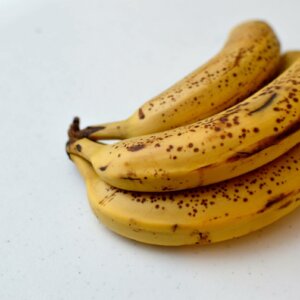


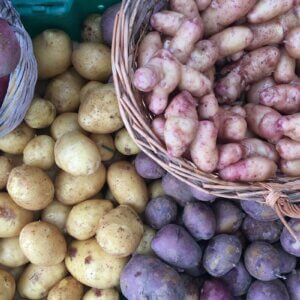

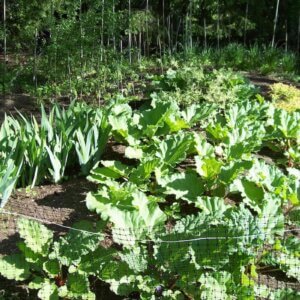


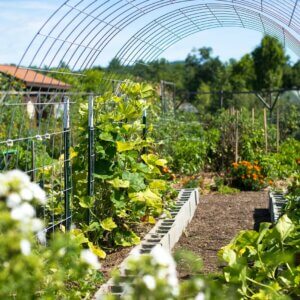

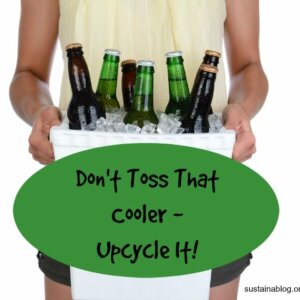
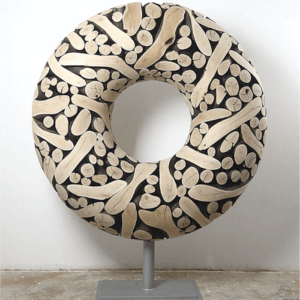
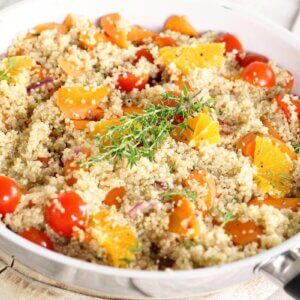

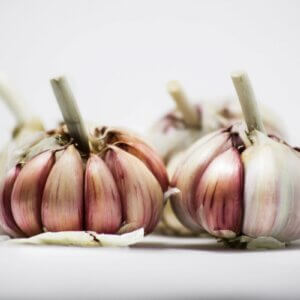





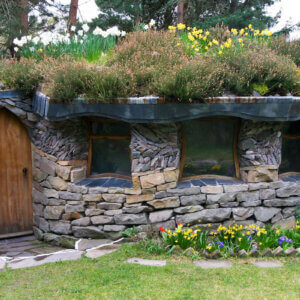
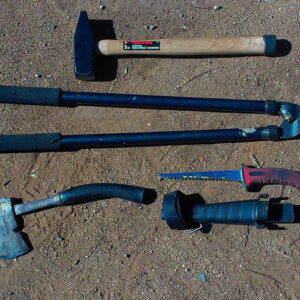
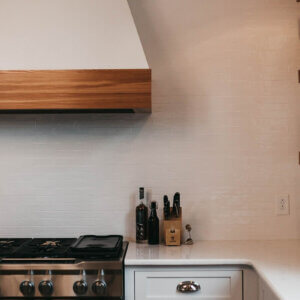

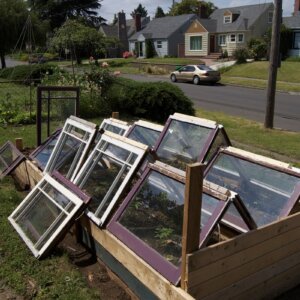
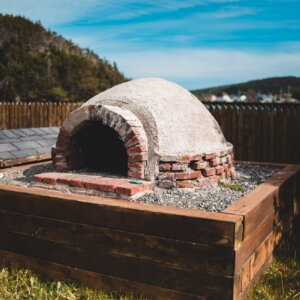






Leave a Reply